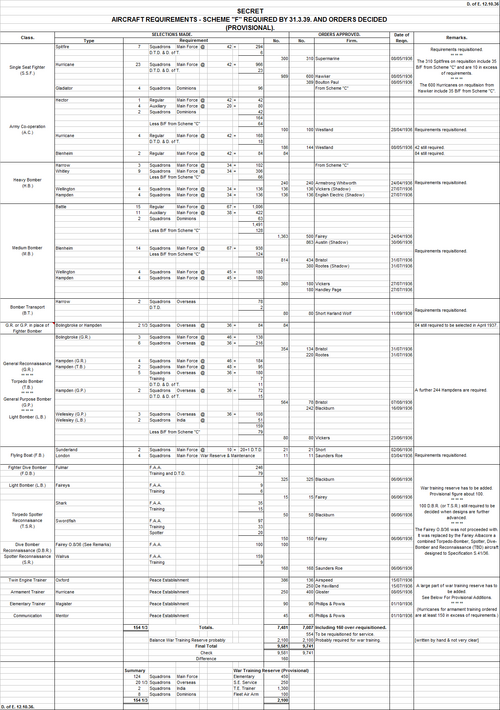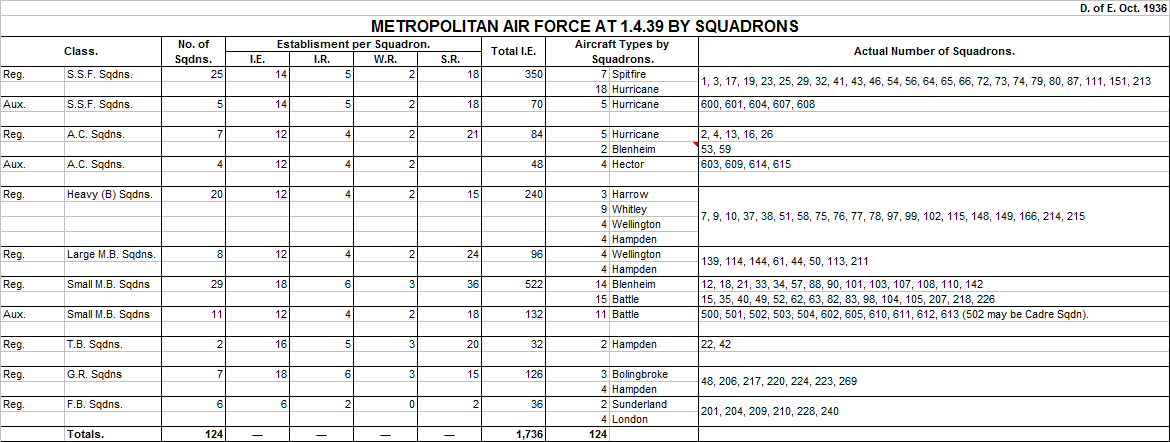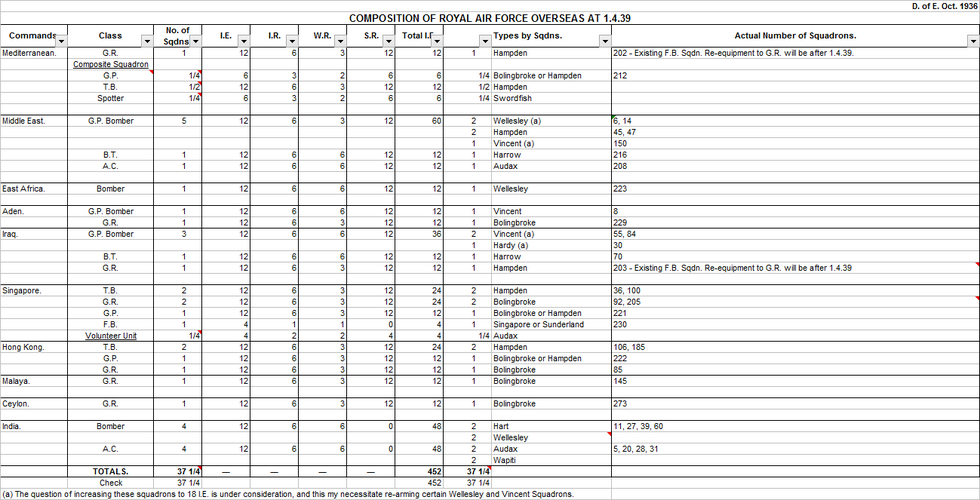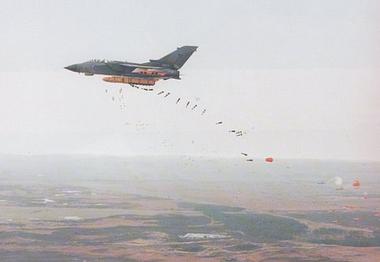- Joined
- 6 September 2006
- Messages
- 4,838
- Reaction score
- 9,480
Yes Trenchard and his cronies saved the RAF from dismemberment during the 1920s but only by creating its own mythological war winning role - one that it couldn't even reference beyond arcane writings by Duhet and others that bore no reality to wartime experience.The RAF in 1939 was very much like the Cavalry on the Western Front in 1915, too many of its leaders were completely out of touch. It is ironic that so many of the RAFs senior leaders between the wars were ex cavalry officers.
Another irony is that the Middle East in WWI saw highly mobile Corps and Army scale combined arms operations integrating Cavalry, Infantry, Tanks, Armored Cars and Aircraft being used successfully together in a way that was not seen again (with trucks instead of horses) until the Middle East and African campaigns in WWII.
Defensively the RAF understood its role well, offensively less so.
But then other nations like France, Russia, the USA and even Japan to some extent followed similar paths.
At a pinch you could say those massive numbers of 1,500 Battles and 2,000 Blenheims in 1940 were a large tactical bombing resource, although they were not really intended as ground attacking air support platforms but rather pressed into that role due (even the Battles of the ASF were originally meant to be bombing Germany from France) and of course many of them were overseas.
Certainly a lot of innovative stuff happened in the Middle East, both before and during the war. Being far away from the Air Ministry was a blessing.





